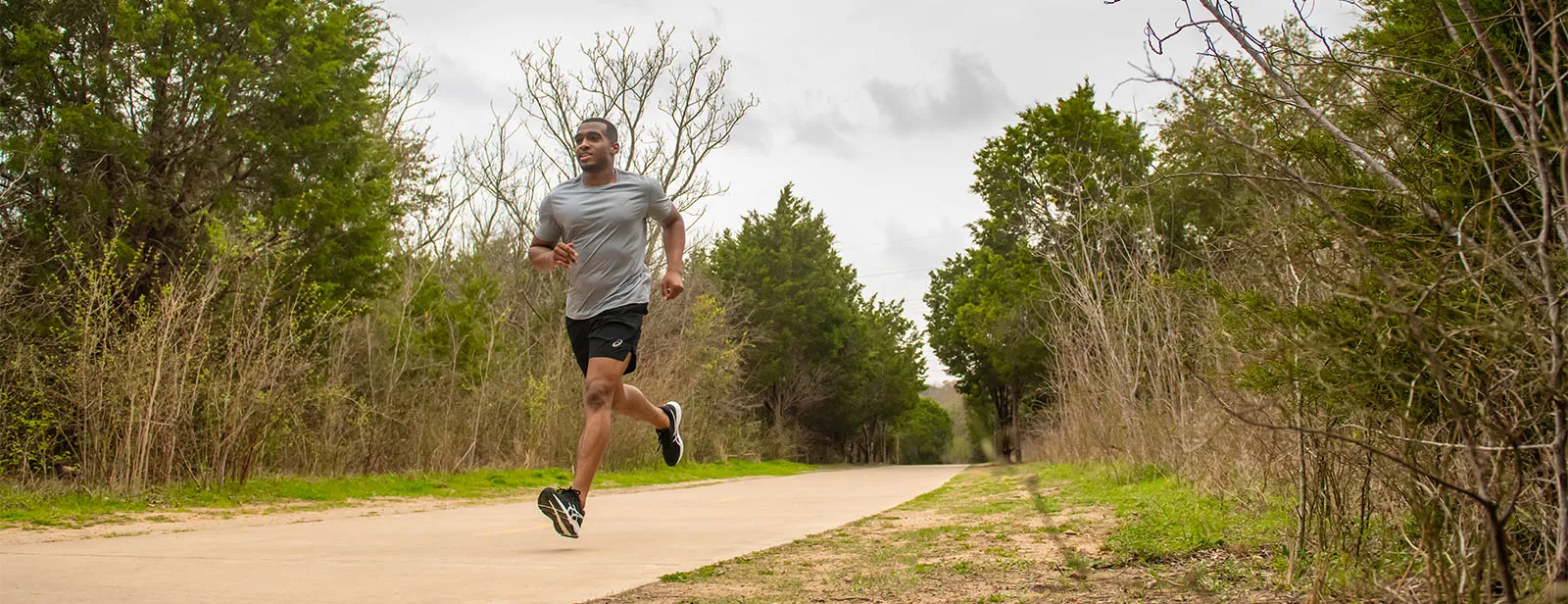
Running Against the Wind: How to Run in Bad Weather
September 5, 2017 / ASICS Australia
Headwinds are either the punishing first part of an out-and-back run, or the whole run if you’re going point-to-point.
They mean your legs and lungs have to put in extra effort, and your mental strength is tested as your pace drops significantly. But if you’re working on fitting running into your schedule , it’s not always easy to plan around windy days.
To set yourself up for success in windier conditions, there are a few golden rules to remember:
- Running in the wind is just a part of running outdoors
- It’s the effort you put in that counts, not the speed
- The more you do it, the stronger a runner you’ll be
- Headwinds are usually matched by rewarding tailwinds
Plan Ahead When You Hit The Headwind
If you’re running a loop, you can decide whether to take the headwind at the beginning or the end. There are pros and cons to each.
Start with the headwind if:
- You’re not feeling great and you want the toughest part first
- It’s a cold day – the wind striking your sweaty clothes on the way back will make you even colder
End with the headwind if:
- You’re feeling strong since you’ll most likely have the energy later in the run
- It’s a warm day – the wind on the way back can cool you down and keep your temperature down
Learning From Cyclists
Those on two wheels are able to conserve energy and go faster by riding in groups – they take turns riding into the wind and then rest at the back of a group, taking advantage of something called slipstreaming.
In the same way, runners can take turns taking the worst of a headwind, before peeling away and letting someone else take it on. It can have a really noticeable effect when running on trails and open roads – there’s evidence that it can reduce wind resistance by as much as 80%, according to an influential study held back in the 1970s .
5 Other Ways To Tackle Headwinds
- Lean into the wind to reduce your energy loss
- Wear tight-fitting running clothing that doesn’t cause drag
- Get your breath back through wooded trails that block the wind
- Shorten your stride – the longer your feet are off the ground, the more they’re resisting the wind
- Keep hydrated – it’s easy to forget when you’re struggling in the wind
Also, don't forget to come shop our full collection in running clothing :